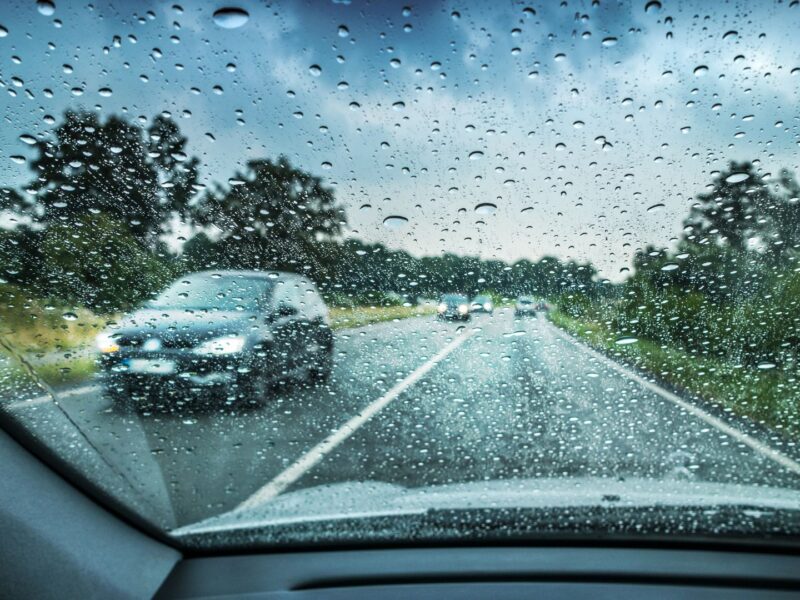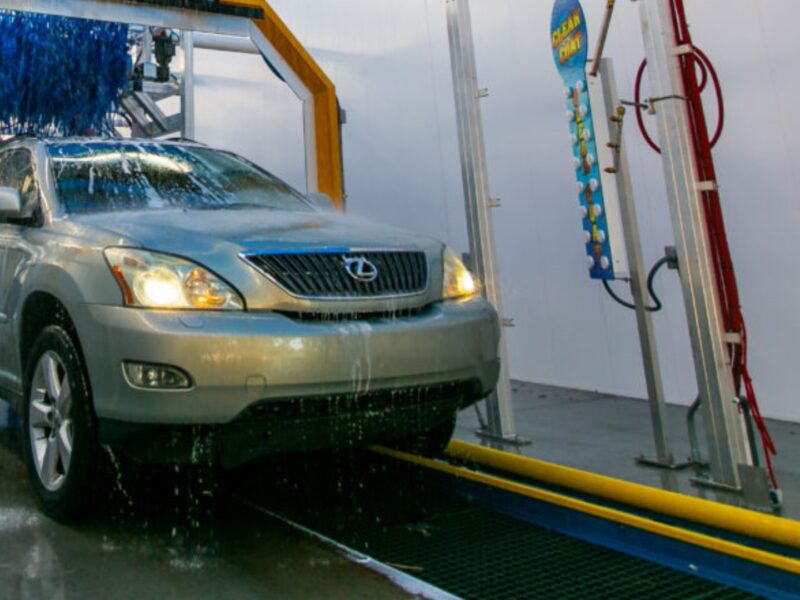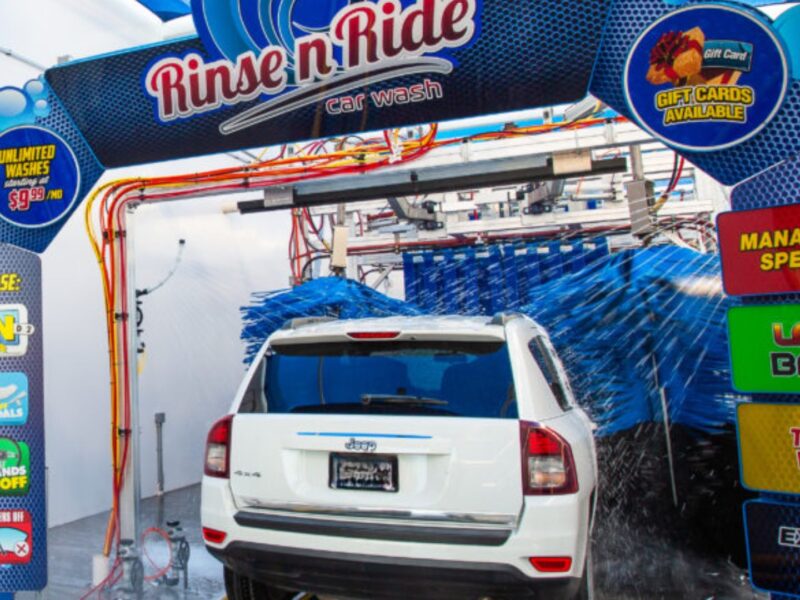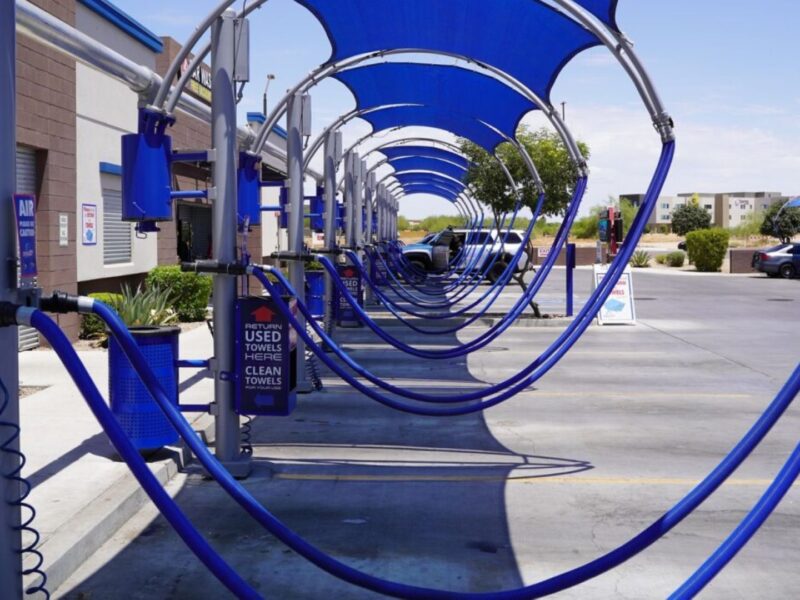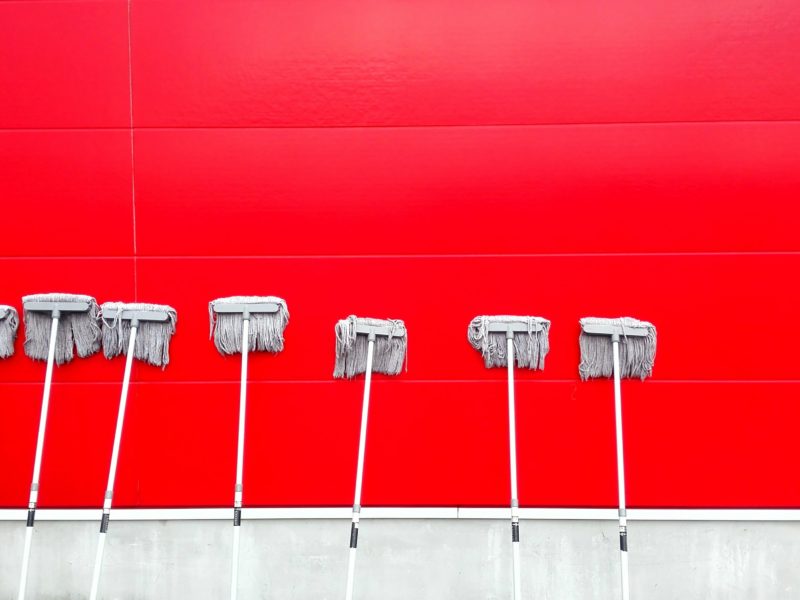
Did you know that according to research studies your car steering wheel and interior has up to 700 potentially dangerous germs per square inch. That's roughly nine times as many germs as you might encounter on a public toilet seat! Here are 15 steps to get your car disinfected and clean this fall! Also be sure to check out our very own disinfectant spray, perfect to clean all surfaces in your car without doing damage to your surfaces.
1. Clean Your Steering Wheel
This likely comes as no surprise, but the things hands contact the most are where you’ll find the most germs. And what do you touch more than the steering wheel? Norovirus germs and other gastrointestinal viruses are most commonly found on steering wheels, according to reports from USA Today.
2. Clean Your Gear Shifter
Every car has a gear shift, but people who drive a manual handle theirs more often. Cold and flu viruses can live on those hard surfaces for at least 24 hours. So keep disinfecting wipes in your car and regularly wipe down the gear shift.
3. Reusable bags
As you grocery shop, your reusable bags may come in contact with e. coli or salmonella. When you toss the bags back into your hot trunk, the bacteria can multiply rapidly. You don’t have to stop using reusable bags. Just make sure to wash them often and don’t store them in your car.
4. Pollen and allergens
Have you noticed that your vehicle is covered with yellow specks of pollen? Most cars are outside some or all the time, providing ideal surfaces for pollen and allergens during blooming seasons. These particles enter the car and cause people with allergies to experience worse symptoms.
5. Cabin air filter
The cabin air filter keeps pollen and dust out of your car’s AC and heating system. Not changing it regularly can make breathing difficult for people with allergies or asthma. Change your cabin air filter every 15,000 to 30,000 miles; the car’s manual will give you an exact number.
6. Cup holders
Cup holders are touched often. But there’s another reason these openings get germy. Studies show bacteria grow more quickly from spilled food in cars than other places due to the heat. It’s hard to clean all those nooks and crannies. So if your cup holder is removable, running it through the dishwasher is a great way to prevent germs.
7. Kids’ car seats
Children’s hands are always touching their car seats. They also spill food on them, allowing for bacteria growth. Little kids in daycare are frequently exposed to colds, gastroenteritis, hand, foot, and mouth disease, and pink eye. All those germs enter your car too.
8. Radio dials and other controls
You contact the controls in your car every time you get in. You turn on the stereo, adjust the AC, and fix the mirrors. All this touching gives plenty of opportunities for the germs you and your passengers encountered to find a new home. Wipe them down often!
9. Dust mites
If you aren’t familiar with these microscopic relatives of the spider, dust mites are tiny insects that feast on dust. Therefore, they live anywhere you find dust. And when it comes to your car, that means the seats and the dashboard are hotspots for these little guys. Even though it seems gross, dust mites don’t hurt people. You can have a dust mite allergy, however. So people with environmental allergies can experience worse symptoms when they are in a car if it is dusty.
10. Car seats
Car seats collect germs like other places in your vehicle. But in one study that tested many areas of cars for bacteria, MRSA was only found in two places: the car seats and steering wheel. MRSA is resistant to many antibiotics, so you’ll want to avoid this type of staph infection. When disinfecting your car, make sure you remember to wipe the seats, too. If you have fabric seats, consider an upholstery cleaner or disinfecting spray.
11. Climate where you live
This one hardly seems fair, but it’s a reality. Bacteria multiply faster in humid climates. That’s why studies show 10 times more bacteria in cars in Miami, Florida than Tucson, Arizona. Made up of 70% water, bacteria need more water to reproduce. So humid climes are ideal for bacteria growth.
12. Exterior door handles
We’ve covered the need to wipe down the interior of your vehicle to keep germs away. But you may not think to wipe down the exterior door handles, even though you touch them as frequently as the interior of your car. Don’t skip disinfecting the exterior handles, too!
13. Seat belts
Seat belts are a major offender for a few reasons. First, you and your passengers touch them every time you’re in the car. But they’re made of fabric, which means they hold onto things like dust mites and spilled food and drinks more than other surfaces. Plus, they’re tougher to clean than hard surfaces you can wipe down. We advise using a disinfecting spray.
14. Dashboard
Hopefully, we aren’t the only ones who’ve accidentally spilled food on the dash, creating an environment for germs! Plus, dust naturally collects on this flat surface. And the dashboard gets hot too, giving bacteria that reside there a better environment for multiplying. Just don’t forget to wipe down the dashboard regularly.
15. Car keys
This germy hotbed is not just something you touch, but something you set on germy surfaces everywhere you go. Car keys were even a runnerup in a Time article on the five germiest things you touch every day. However, instead of focusing on disinfecting your car keys, Time recommends washing your hands frequently, especially after being in public places.

